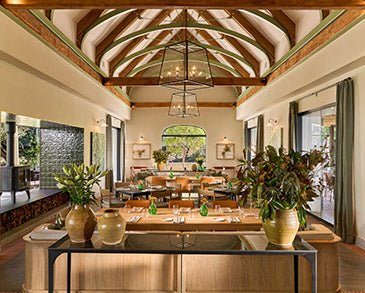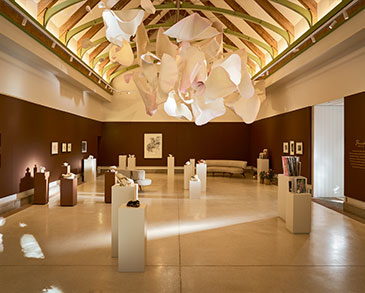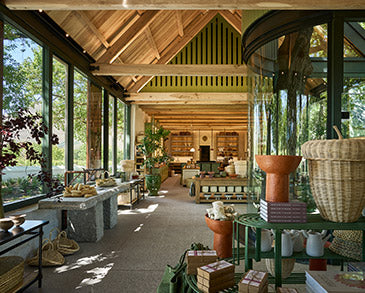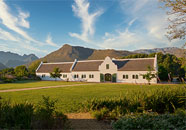
Grapes for the wine originate from vineyards in the Franschhoek (38%), Stellenbosch (26%), Walker Bay (23%) and Durbanville (13%) areas.
The season started with a good winter, with high water levels in the soil and in dams. This resulted in good budding, approximately two weeks later than normal. In some areas, wind caused damage during November. The highest average December temperature in 48 years was recorded – no serious damage was caused, though. Closer to harvest-time, night temperatures were noticeably lower, which probably contributed to high natural acids, promoting quality. On 9 February harvesting was interrupted by rain, but without serious effects. Wines are fullbodied, with good intensity and high natural acids.
The Stellenbosch vineyards consist of bush-trained vines, while the other vineyards are trellised. Different clones and different clones were used in order to promote complexity.
Grapes were picked in crates and cooled overnight. After cooling, grapes were hand-sorted before and after de-stalking and then inoculated with selected yeasts. Fermentation was at between 23 and 28°C. The wine was pumped over three times per day. After fermentation, the wine was left on the lees for another 20 to 30 days. For 14 months, the wine was matured in 225-litre French oak barrels – 50% new, 25% second-fill and 25% third-fill barrels. Thereafter, the Cabernet Sauvignon was blended with 11% Cabernet Franc for complexity and balance, and matured in the barrels for another 4 months. In November 2014 the wine was bottled and 10 000 x 6 cases were released as 2013 La Motte Cabernet Sauvignon.
Dark berry fruit and plummy aromas are complemented by turmeric spice and a hint of mint. A typical CabernetSauvignon, with good depth and dense tannins finishing very prominently and lively. Lots of earthy aromas in the aftertaste.
Alcohol 13,9% Vol
Total acid 5,9 g/l
Residual sugar 3,1 g/l
pH 3,52












